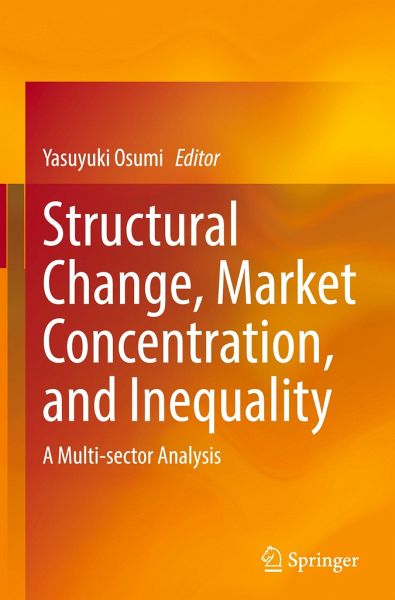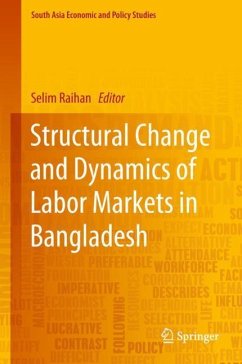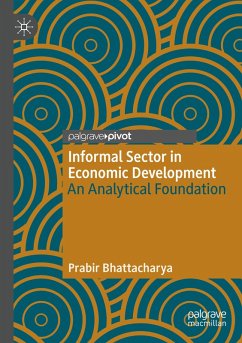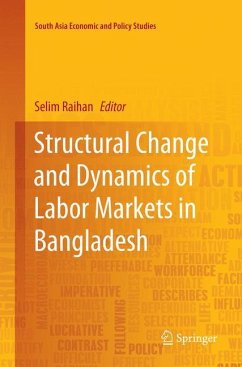
Structural Change, Market Concentration, and Inequality
A Multi-sector Analysis
Herausgegeben: Osumi, Yasuyuki

PAYBACK Punkte
57 °P sammeln!
This book clarifies the mechanism of widening income inequality and declining labor share in macroeconomics, growth, technology, and the labor market, and provides policy implications. The volume covers three research themes: the influence of structural change, the advancement of artificial intelligence, and the phenomena of market concentration on inequalities and labor share dynamics in theory and empirics. The wide array of theoretical topics in this book includes the implications of unbalanced growth, economy-wide elasticity of substitution between capital and labor, relatively rising serv...
This book clarifies the mechanism of widening income inequality and declining labor share in macroeconomics, growth, technology, and the labor market, and provides policy implications. The volume covers three research themes: the influence of structural change, the advancement of artificial intelligence, and the phenomena of market concentration on inequalities and labor share dynamics in theory and empirics. The wide array of theoretical topics in this book includes the implications of unbalanced growth, economy-wide elasticity of substitution between capital and labor, relatively rising service sectors, superstar firm phenomena, automation, the heterogeneity of capital, increasing returns to scale, and the information and financial service sectors on inequalities and labor share decline. These analyses are based on multifactor, multisector general equilibrium, the goods market, and the labor market's imperfectly competitive framework. In addition, the book covers the relevant empirical data analyses that involve top wealth dynamics in the U.S. Forbes 400, the effect of deepening ICT capital on the labor share in major Japanese industries, and the emergence of increasing returns to scale in the Japanese information and financial sectors.












